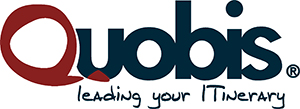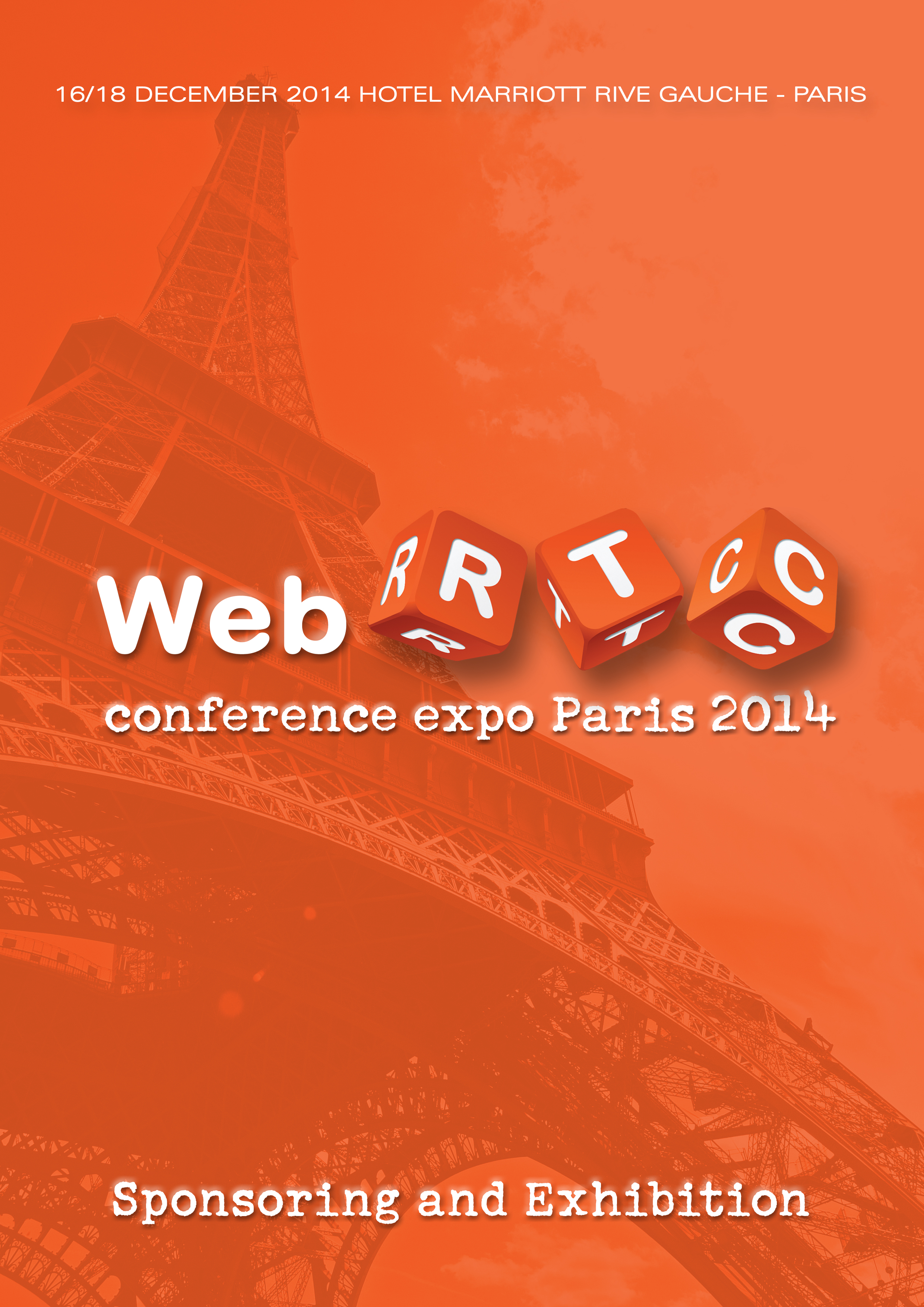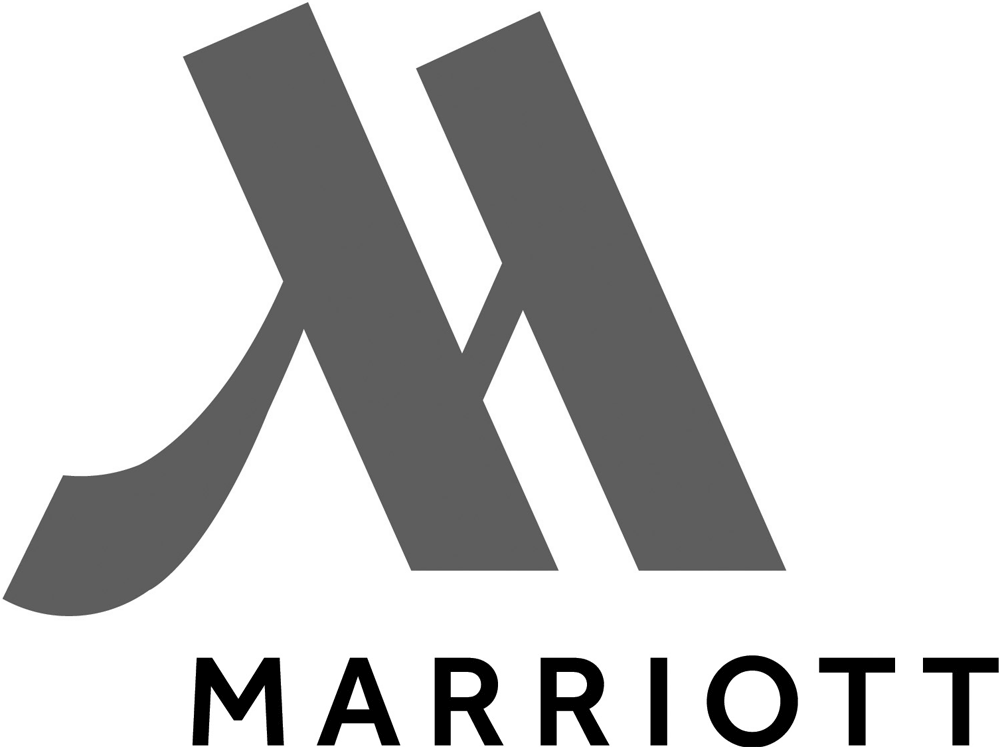Conference Day 1 | Tuesday 16 December 2014
| 08.00 | WELCOME, REGISTRATION AND COFFEE |
| 09.00 | WebRTC State of the Market | |
 WebRTC's ecosystem is a dynamic landscape in constant flux. With over 400 vendors, growing steadily, it is important to understand where the industry focus is and where are the opportunities. Reviewing the WebRTC ecosystem, the vendors and the trajectories they take within the industry. WebRTC's ecosystem is a dynamic landscape in constant flux. With over 400 vendors, growing steadily, it is important to understand where the industry focus is and where are the opportunities. Reviewing the WebRTC ecosystem, the vendors and the trajectories they take within the industry.Tsahi Levent-Levi, Founder, BlogGeek.Me |
||
| 09.45 | WebRTC Standards Update (Part 1) | |
 Experts and leaders in the IETF, W3C, 3GPP, and other standards bodies give an update on all the standards being developed or enhanced for WebRTC. Learn about the core API work and the underlying protocols as well as attempts to standardize signaling layers that are built on top of WebRTC. Experts and leaders in the IETF, W3C, 3GPP, and other standards bodies give an update on all the standards being developed or enhanced for WebRTC. Learn about the core API work and the underlying protocols as well as attempts to standardize signaling layers that are built on top of WebRTC.Victor Pascual Avila, Technology, Innovation and Strategy, CSO, Quobis |
||
| 10.30 | COFFEE BREAK | |
| 11.00 | WebRTC Standards Update (Part 2) | |
 Dan Burnett Tropo/Voxeo |
||
| 11.45 | Data Channel | |
| Data channel general characteristics Reliable, ordered, message oriented SRTP, SCTP Supports binary data Fast Negotiation A word on trickled ice The negotiated data channel argument How fast is the data channel really? Sending large amounts of data Optimal message size Controlling the buffer amount Svetlin Mladenov, ViBlast |
| 12.30 | LUNCH |
| 14.00 |  INTRODUCTION INTRODUCTIONWhat WebRTC isn’t (and what it really is) Amir Zmora, Technology Committee Chairman, AudioCodes & Independent Consultant |
|
| 14.30 |  KEYNOTE KEYNOTEWebRTC by the Numbers Dean Bubley, Consultant, Disruptive Analysis |
| 15.00 | WebRTC Analysts Perspectives | |
| WebRTC has shifted from the position of hype to realism. Many who were looking for the world to change in a snap are wondering what takes it so long. This panel gathers some of the leading WebRTC independent analysts and consultants who will bring their view and market insight given their work with service providers, startups and large vendors | ||
| Moderator: Amir Zmora, Technology Committee Chairman, AudioCodes & Independent Consultant Panelists: Dean Bubley, Consultant, Disruptive Analysis Dan Burnett, Tropo/Voxeo Tsahi Levent-Levi, Founder, BlogGeek.Me Alan Quayle, Independent Engineer Jean-Michel Huet, Partner, Bearing Point |
| 15.30 | COFFEE BREAK |
| 16.00 |  Deutsche Telekom: Technological Status, Innovation and Business Aspects Deutsche Telekom: Technological Status, Innovation and Business AspectsNew business development topics. Relevant use cases and related business potential. Discussing white spots in the technology landscape when comparing the offering of the known vendors. Describing a WebRTC framework that can be used in addition to well-known vendor solutions. Dr. Joachim Stegmann, R&I Director Future Communication, Deutsche Telekom AG, T-Labs |
|
| 16.20 | Slovak Telekom: Real World Challenges for an Operator | |
 Thoughts, noticeable misconceptions, experiences, real-world challenges around WebRTC from an operator’s inside perspective. Thoughts, noticeable misconceptions, experiences, real-world challenges around WebRTC from an operator’s inside perspective. Sebastian Schumann, Senior Designer, Slovak Telekom |
||
| 16.40 |  Portugal Telecom: Going beyond IMS Portugal Telecom: Going beyond IMSDescribing WebRTC experimentations and longer term Hyperty vision that goes beyond IMS. Paulo Chainho, Senior Consultant, Portugal Telecom |
|
| 17.00 | Orange: Network Congestion Issues & Solutions | |
 Explaining why previous network quality management paradigms inherited from federated communication service distribution models don't apply and proposing some tracks for new approaches. Explaining why previous network quality management paradigms inherited from federated communication service distribution models don't apply and proposing some tracks for new approaches. Stéphane Tuffin, Orange |
||
| 17.20 |  Telefonica TU Go - Your Phone in a Browser Telefonica TU Go - Your Phone in a Browser Describing a solution built by Telefonica on top of FreeSwitch that provides Phone over Web application with WebRFTC, addressing common caveats, such as OAuth Token based authentication, Exposing Developer friendly JS API, hiding SIP complexity, Codec interoperability, SIP to WebSocket traversal and deployment aspects. John Neystadt, Chief Architect, Digital Communications Services, Telefonica Israel |
|
| 17.40 | Telecom Italia: Anatomy of a WebRTC Telco | |
 Early adopter experiences with WebRTC from a leading CSP Early adopter experiences with WebRTC from a leading CSP WebRTC inside and outside the core network: Who are the developers? Who are the users? Dealing with identity, signaling, "embeddability": platform From the ubiquitous service to fail-fast, disposable apps: Focus on capabilities Enrico Marocco, Technical Lead, Service Delivery Platform, Telecom Italia |
| 18.00 | The Impact of WebRTC on Service Provider Business and Organization | |
| Defining relevant use cases and related business potential How to monetize WebRTC services Gateway strategies to extend legacy communication services to the web Internal organizational changes |
||
| Moderator: Alan Quayle, Independent Engineer Participants: Patrice Crutel, Senior Architect, Bouygues Telecom Enrico Marocco, Technical Lead, Service Delivery Platform, Telecom Italia Paulo Chainho, Senior Consultant, Portugal Telecom Sebastian Schumann, Senior Designer, Slovak Telekom Stéphane Tuffin, Expert Future Networks, Orange Dr. Joachim Stegmann, R&I Director Future Communication, Deutsche Telekom AG |
| 18.30 | END OF CONFERENCE DAY ONE |
Last Free Webinar | July 15 2014
WebRTC Standards Update
WebRTC is being standardized at W3C and IETF each taking care of standardization work based on its charter. W3C – Client side APIs – Required so developers will be have a common interface for writing applications that can run on all browsers. IETF – On the wire protocols, states and events – In practice this means all the media stuff as well as requirements for the APIs provided to the W3C. Signaling was left out on purpose.
Since standardization is work in progress and actual implementations are impacted by what Google is releasing in the WebRTC code it is instrumental for everyone involved with WebRTC technically to be updated on the standardization progress, plans and decisions made.













